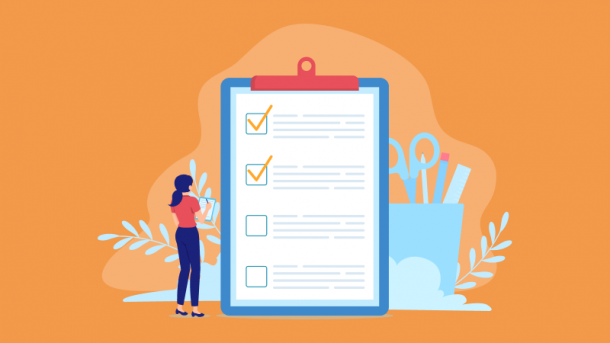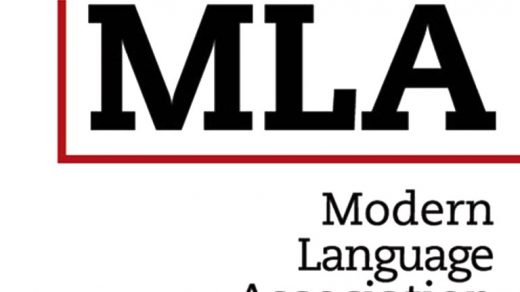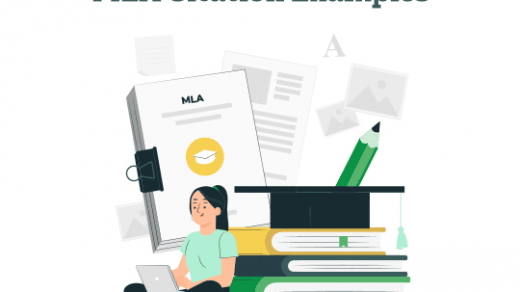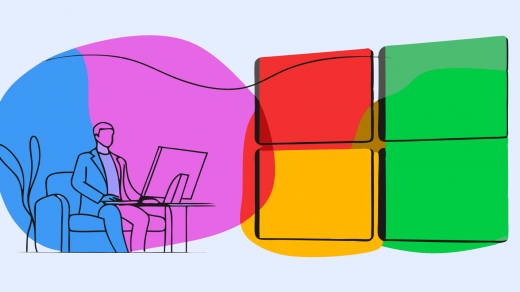The Modern Language Association (MLA) style has long been a cornerstone of academic communication — a structure that ensures clarity, credibility, and consistency across humanities research. But what happens when traditional academic writing leaves the classroom and enters the digital landscape?
As more scholars, graduate students, and independent researchers publish their work online — through personal blogs, digital portfolios, or Substack newsletters — the question of how to adapt MLA style for digital communication has become increasingly relevant.
Academic blogging blurs boundaries between formal and informal writing. On one hand, readers expect accessibility and personality; on the other, the integrity and credibility of scholarship must remain intact. So how can writers preserve the rigor of MLA formatting while embracing the creativity and flexibility of online publication?
This essay explores how MLA conventions translate (and sometimes transform) in the context of academic blogging, why digital citation demands new thinking, and how writers can build professional yet reader-friendly online portfolios without losing their academic identity.
The New Landscape of Digital Scholarship
The traditional purpose of MLA style — to credit sources, establish authority, and create uniformity — remains the same in digital spaces. What changes is the mode of delivery.
A printed essay is static: its audience is limited, and its citations point to books, journals, and physical archives. But a blog post or online portfolio is interactive. Readers follow hyperlinks, view multimedia, and expect direct access to sources. This shift transforms the act of citation from a formal requirement into an invitation to explore.
Academic blogging and digital portfolios are no longer marginal practices. Universities now encourage graduate students to maintain professional websites, while platforms like Substack, Medium, and WordPress have become spaces where academics share reflections, research updates, and pedagogical experiments.
However, these online genres operate in a hybrid space: part academic, part journalistic, part personal. They reward readability and connection as much as rigor. This is where MLA must adapt — not by abandoning its principles, but by rethinking how they manifest in web-native environments.
Translating MLA Principles into Digital Practice
Adapting MLA style for the web requires balancing structure with accessibility. The goal is not to reproduce academic formatting verbatim, but to preserve its values — consistency, clarity, and citation integrity — in a way that suits online audiences.
MLA style was created for print, yet its core ideas can migrate to digital media. Each traditional element — from in-text citations to bibliographies — finds an equivalent in the digital world. The following table summarizes how conventional MLA elements can be reinterpreted for blogs and online portfolios without losing scholarly integrity.
Table: Translating MLA Conventions to Digital Contexts
| Traditional MLA Element | Purpose in Academic Papers | Adaptation for Blogs & Portfolios |
|---|---|---|
| In-text citation | Connects argument to source (author–page) | Use hyperlink to the source plus parenthetical note if needed (e.g., “as Smith argues” + link) |
| Works Cited page | Lists full bibliographic details | Create a “References” or “Sources” section at the end, with hyperlinks and accessible metadata |
| Author emphasis | Highlights authorship and credibility | Include author bios or context within the text (e.g., “linguist Deborah Tannen explains…”) |
| Medium of publication | Specifies print or web | Always include DOI or URL; if the source is digital, link directly rather than list a long URL |
| Formatting rules | Ensure consistency (font, margins, spacing) | Focus on readability: headings, spacing, and responsive layout for screens |
| Tone | Formal, objective, impersonal | Professional yet conversational; clarity over jargon while retaining scholarly precision |
By reframing MLA elements in this way, scholars and students can maintain academic rigor while engaging a wider audience. The table illustrates how the principles of citation — transparency, accuracy, and acknowledgment — remain central, even when the mechanics of presentation evolve.
This adaptation doesn’t dilute MLA’s scholarly purpose — it extends it. The essence of MLA lies in intellectual transparency, not typographical rigidity. By hyperlinking responsibly, introducing sources conversationally, and organizing materials cleanly, digital writers uphold MLA ethics in a modernized form.
Tone, Readability, and Visual Design: Making MLA Human
A major difference between academic publishing and digital writing is the reader’s experience. Online readers scan, skim, and multitask. Dense paragraphs and long citation lists can discourage engagement.
To adapt MLA style effectively, scholars must learn a new literacy: how to preserve academic rigor while designing for attention.
Tone: Balancing Professionalism and Personality
MLA doesn’t dictate tone — it dictates clarity. In academic blogging, this means striking a middle ground between detached formality and casual voice. You can use “I,” share personal insights, or comment on your research journey, as long as the writing remains evidence-based.
Example:
“When I began my research on digital archives, I realized how outdated citation conventions were for non-print media.”
Such statements humanize scholarship without compromising credibility.
Readability and Formatting
Long, blocky paragraphs typical of academic papers should be replaced with shorter segments, bullet lists, and headings. Instead of italics for every book title, consider linking the title to its digital version. Visual breaks improve comprehension and encourage engagement — the modern equivalent of MLA’s tidy margins and double spacing.
Visual Elements
Including tables, infographics, or embedded media does not contradict MLA’s principles; it supports them. Just as MLA requires clarity in citation, visual design ensures clarity in reading. For example, embedding a relevant video or dataset link respects the spirit of transparency MLA was built upon.
Practical Steps for Scholars and Students
As universities increasingly expect digital portfolios or online writing samples, applying MLA online becomes both a professional necessity and a career advantage. Here’s a short practical roadmap for adapting MLA to your academic website or blog:
-
Create a “Sources” or “Bibliography” page on your site. Use MLA format but hyperlink titles and DOIs directly.
-
Use hyperlinks in moderation — link to stable, reputable sources (avoid Wikipedia, random PDFs, or unverified blogs).
-
Include metadata in every post: author name, publication date, and update history — transparency builds authority.
-
Format headings hierarchically (H2, H3) to guide the reader, just as MLA guides argument flow through logical structure.
-
Add alt-text and accessibility features for images and tables — an ethical extension of MLA’s clarity principle.
-
Credit creative works visually: captions under images should include creator name and license (e.g., “Photo by Jane Doe, CC BY-SA 4.0”).
-
Keep an archive of your posts — this functions like an evolving “collected works” list, allowing citation across platforms.
These small design decisions maintain the professional identity that MLA represents while aligning with the expectations of the digital world.
The Broader Impact: MLA as a Model for Digital Integrity
Ultimately, MLA style is not a cage of rules but a framework of academic ethics. Its adaptability ensures that research communication evolves alongside technology.
In the era of misinformation and algorithmic content, visibly applying MLA-based citation practices online has an additional effect: it models credibility. A well-cited blog post stands out in a sea of unverified claims.
Moreover, for early-career scholars, integrating MLA into online work helps bridge the gap between academia and public engagement. It shows potential employers or collaborators that the writer can translate specialized research into accessible, responsible communication.
This also challenges outdated notions that blogging is “less serious” than academic publishing. In fact, the digital adaptation of MLA demonstrates that academic rigor can coexist with creativity and outreach — that scholarship can live beyond paywalls and journals.
Conclusion: Toward a Digital-Ready MLA
Adapting MLA style for blogs, portfolios, and platforms like Substack is not about loosening standards — it’s about applying them intelligently. The principles of clarity, attribution, and consistency remain vital; what changes is how they appear.
On the web, hyperlinks replace page numbers, multimedia replaces appendices, and scrolling replaces pagination. But the goal is unchanged: to communicate research ethically, precisely, and accessibly.
When scholars merge MLA’s structure with the design sensibilities of digital media, they create a new model of academic writing — one that respects tradition while embracing innovation.
So whether you’re crafting your first Substack essay, building a digital CV, or curating a teaching blog, think of MLA not as a set of print-era rules, but as a flexible ethical compass. It doesn’t just tell readers what you know — it shows them how you know it.




